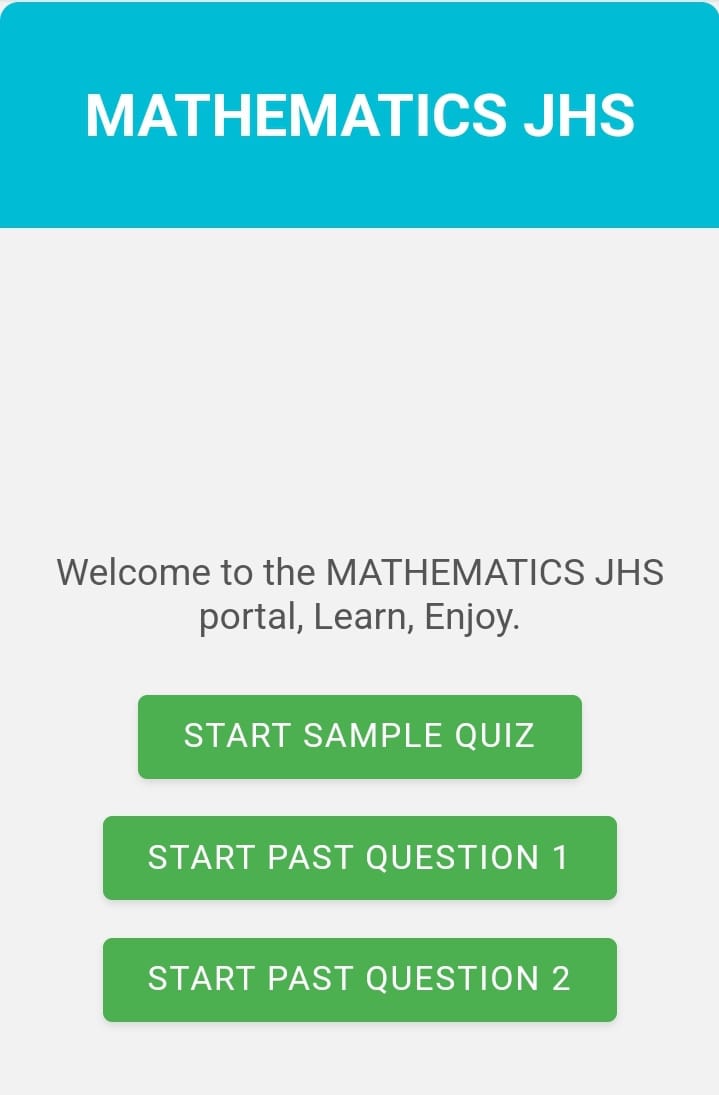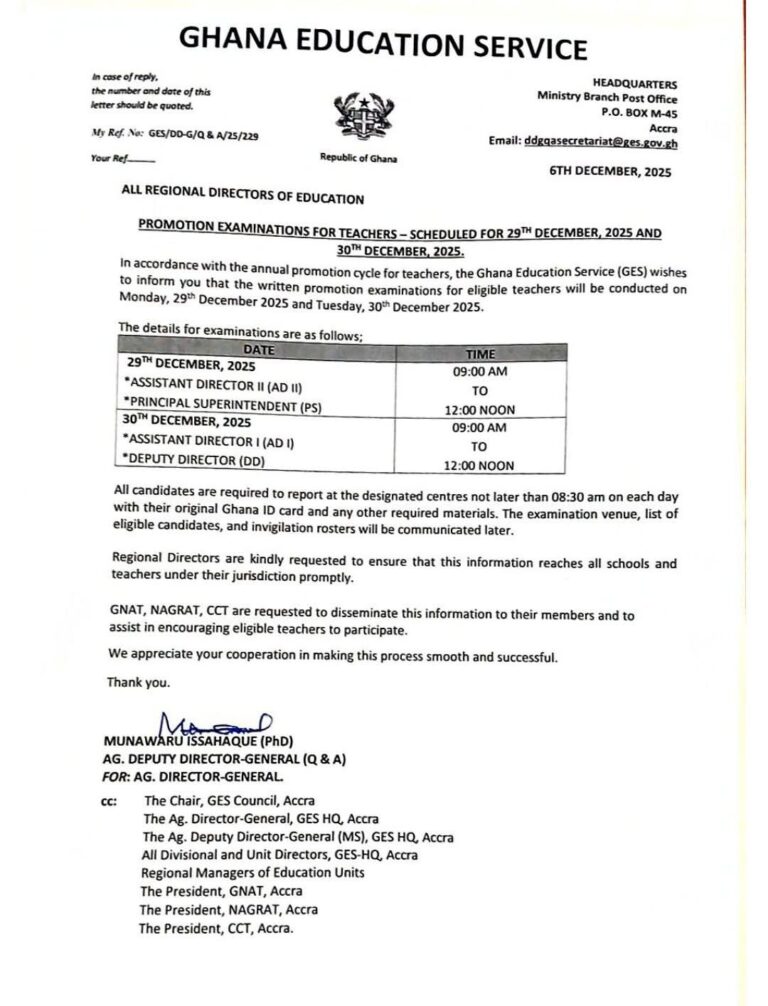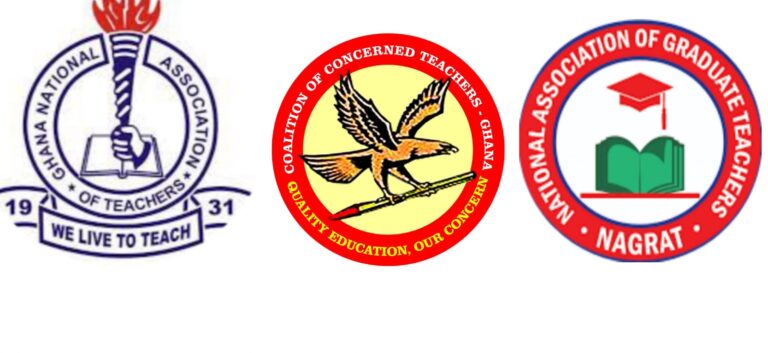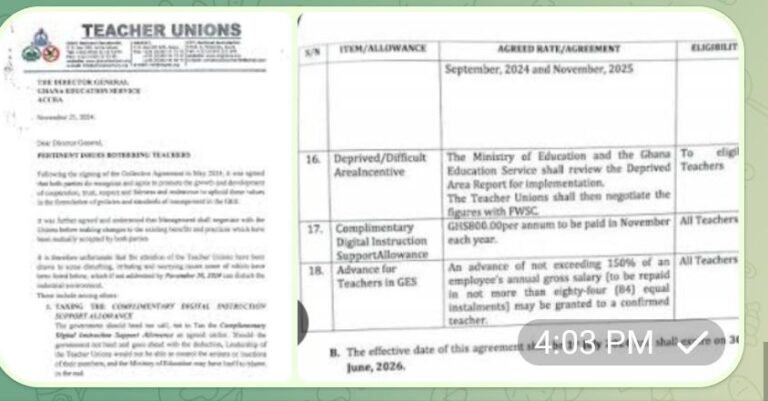
JHS Mathematics Curriculum: Complete Guide for Teachers
Core Content Areas & Weight Distribution
| Content Area | Key Topics | Weight | Cognitive Focus |
|---|---|---|---|
| Rational Numbers | Properties, operations, and real-life applications | 5% | L1-L3 |
| Sets | Union, intersection, and real-world problems | 5% | L2-L4 |
| Number Bases | Base conversions, operations | 5% | L1-L4 |
| Fractions/Decimals | Comparisons, computations | 8.3% | L1-L4 |
| Ratio/Proportion | Equivalent ratios, unit rates | 10% | L2-L4 |
| Algebra | Expressions, equations, inequalities | 16.7% | L1-L4 |
| Geometry | Shapes, angles, transformations | 11.7% | L1-L4 |
| Measurement | Perimeter, area, volume | 6.7% | L1-L4 |
| Trigonometry | Pythagoras, trig ratios | 6.7% | L2-L4 |
| Data Handling | Collection, representation, analysis | 13.3% | L1-L4 |
| Probability | Simple/compound events | 6.7% | L1-L4 |
Detailed Content Breakdown
1. Rational Numbers (5%)
-
Key Skills:
-
Identify properties (commutative, associative)
-
Compute with positive/negative numbers
-
Solve real-life problems (e.g., financial calculations)
-
-
Activity Idea: “Number Properties Bingo”
2. Sets (5%)
-
Critical Concepts:
-
Venn diagrams for problem-solving
-
Real-world applications (survey analysis)
-
-
Common Pitfall: Confusing union vs. intersection
3. Number Bases (5%)
-
Teaching Tip:
-
Use physical counters for base conversions
-
Emphasize binary applications in computing
-
4. Fractions & Decimals (8.3%)
-
Key Competencies:
-
Ordering and equivalence
-
Operations with mixed numbers
-
-
Visual Aid: Fraction walls for conceptual understanding
5. Ratio & Proportion (10%)
-
Real-World Links:
-
Recipe scaling
-
Map scales and measurements
-
-
Assessment Focus: Unit rate calculations (L3)
6. Algebra (16.7%)
-
Progression:
-
Simple expressions → linear equations → inequalities
-
-
Engagement Strategy: “Algebra Escape Room” challenges
7. Geometry (11.7%)
-
Hands-On Learning:
-
Angle identification in classroom architecture
-
3D shape construction projects
-
8. Measurement (6.7%)
-
Practical Applications:
-
Land area calculations
-
Packaging design problems
-
9. Trigonometry (6.7%)
-
Teaching Sequence:
-
Pythagoras theorem
-
Trigonometric ratios
-
Real-world problems (heights/distances)
-
10. Data Handling (13.3%)
-
Skills Development:
-
Data collection methods
-
Graphical representation (emphasis on histograms)
-
Statistical analysis (mean, median, mode)
-
11. Probability (6.7%)
-
Conceptual Understanding:
-
Experimental vs theoretical probability
-
Tree diagrams for compound events
-
-
Activity: Classroom probability games
Assessment Structure (DOK Levels)
| Cognitive Level | Weight | Example Tasks |
|---|---|---|
| Recall (L1) | 15% | Define terms, state formulas |
| Understanding (L2) | 25% | Explain concepts, perform basic calculations |
| Application (L3) | 30% | Solve multi-step word problems |
| Analysis (L4) | 30% | Real-world problem solving, proofs |
Key Insight: 60% of assessments target higher-order thinking (L3/L4), emphasizing real-world applications.
Teaching Strategies & Resources
Effective Pedagogies
-
Concrete-Pictorial-Abstract (CPA) Approach
-
Especially for fractions and algebra concepts
-
-
Problem-Based Learning
-
Use local context problems (market scenarios, construction)
-
-
Peer Teaching
-
Student-led explanations of geometric concepts
-
Digital Tools
-
GeoGebra: For geometric visualizations
-
Desmos: Graphing calculator for functions
-
Excel: Data analysis projects
Common Challenges & Solutions
| Challenge Area | Remediation Strategy |
|---|---|
| Algebraic thinking | Use real-life variables (e.g., phone credit costs) |
| Probability misconceptions | Hands-on experiments with coins/dice |
| Fraction operations | Visual models (pie charts, number lines) |
Free Teaching Resources
For the past questions, click here: https://ntc.gov.gh/practice_test/maths_jhs/
For more updates, click: https://seekersconsult247.com/?p=791&preview=true
Follow us on WhatsApp for more updates: https://whatsapp.com/channel/0029VaCyYGIFHWpx22L38a2K
Seekers Consult
Contact Us for Your Study Abroad Journey
We search for schools and check available scholarships for you
Contact: 0550414552 / 0362297079
Loan for government workers
Transcript Application
English Proficiency
Recommendation letter
Project work/thesis for undergrate, master’s, and PHD students.





I am working at House. I have to move to Sunyani for my programme. Isn’t this hilarious? Close to 500 kilometers before I can reach my destination